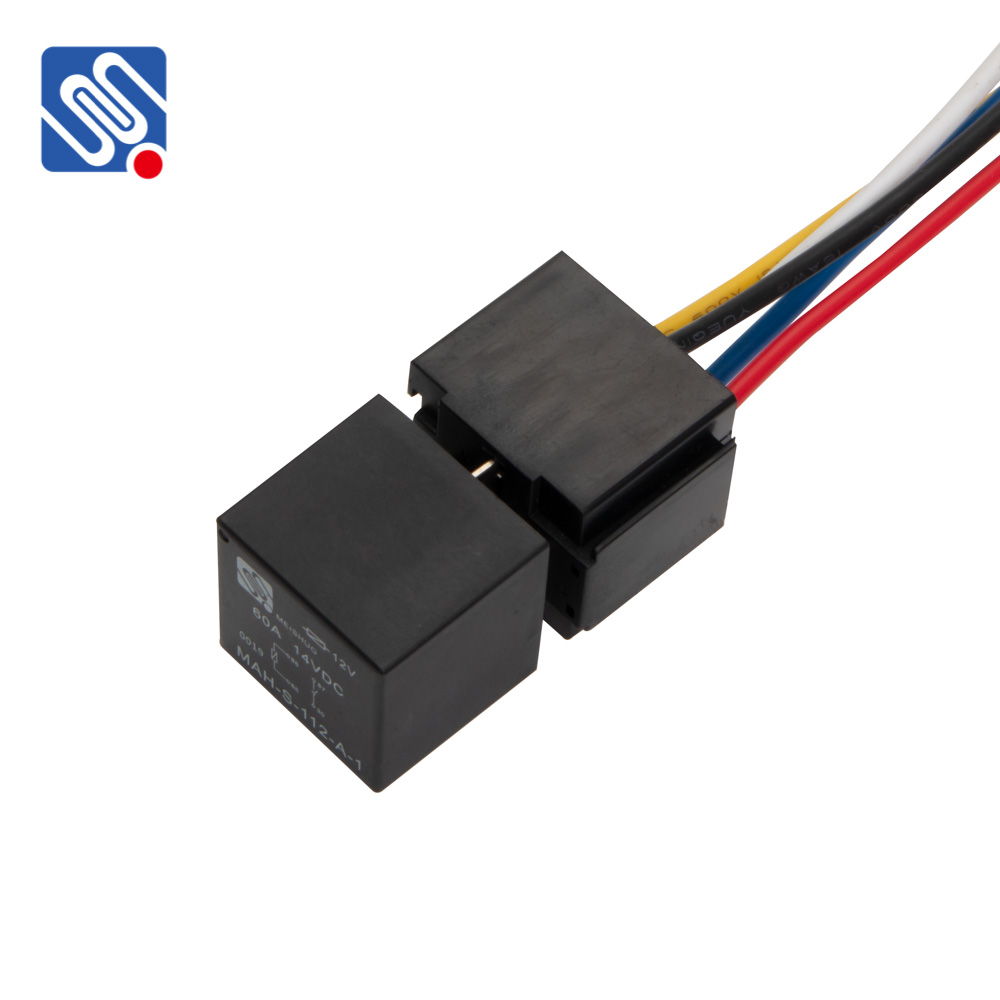a comprehensive guide to 12v 40a relay: function, applications, and key considerations
Release time:2025-10-24 22:18:36
A 12V 40A relay is an essential electrical component used in various applications where a high-current device needs to be controlled by a low-voltage signal. Relays are widely used for automating systems, electrical safety, and even in vehicles to control high-power circuits without the need for a complex switch. This article explores the functions, applications, and key considerations when using a 12V 40A relay.

What is a 12V 40A Relay?
A 12V 40A relay is an electrical switch that allows a low-voltage (12V DC) control signal to control higher currents, typically up to 40 amps. The relay consists of two main components: the coil (or electromagnet) and the contacts. When an electrical current flows through the coil, it creates a magnetic field that pulls or releases the contacts, enabling or disabling the flow of current in the connected circuit.
How Does a 12V 40A Relay Work?
The operation of a 12V 40A relay relies on the principle of electromagnetism. When a 12V DC current is applied to the relay's coil, it generates a magnetic field that causes the internal contacts to move. Depending on the configuration of the relay, this can either complete or interrupt the circuit connected to the load (such as a motor or lights). The relay's contacts come in two basic types: normally open (NO) and normally closed (NC).

